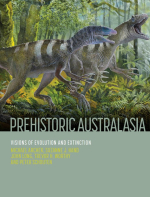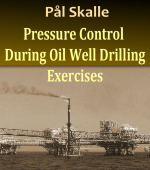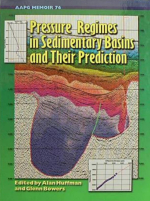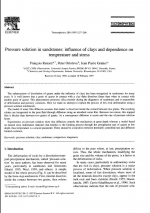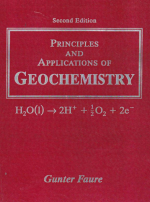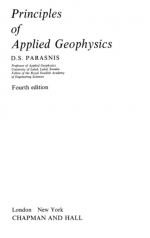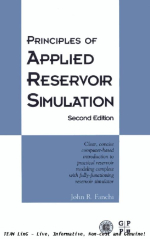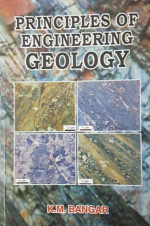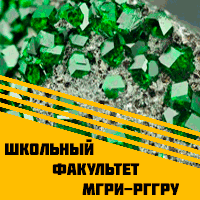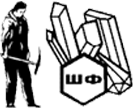Principles Of Engineering Geology by K.M. Bangar is a book that is designed as a basic text for the students of B.Sc in Geology, B.E. in Civil Engineering and Mining Engineering, A.M.I.E. Section B, and also Diploma In Mining Engineering. This book can also be referred to by those who are appearing for the different competitive examinations conducted by the U.P.S.C. and other State PSCs. The book also provides the required information for the keen readers of Geology. Principles Of Engineering Geology covers topics such as physical geology, minerals, study of various crystals, and also the different types of rocks, such as igneous, sedimentary, and metamorphic rocks. The book also covers different geological structures and the Indian geology. Some of the other topics that are covered in the book are different deposits of ore and the role of engineering in geology. Various methods of exploration and surveying techniques are also covered in the book.K.M. Bangar is also the author of Engineering and General Geology.


